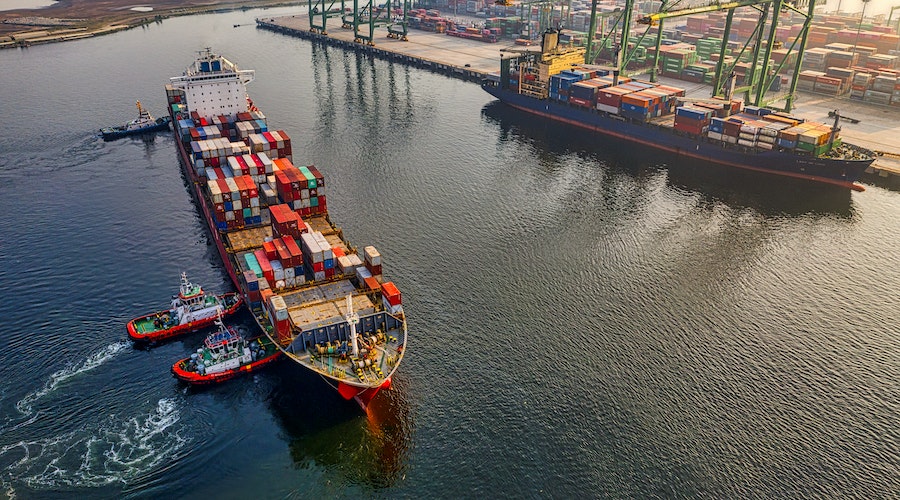- What is ocean freight?
Ocean freight is the transportation of goods by sea. It involves the use of ships to transport cargo between ports located in different countries.
- Types of ocean freight
There are two main types of ocean freight: Full Container Load (FCL) and Less Than Container Load (LCL). FCL is used when the entire container is filled with one shipment, while LCL is used when multiple shipments from different companies are consolidated into one container.
- Container sizes
Containers come in different sizes, including 20ft, 40ft, and 45ft. The most common size is 40ft, which can carry around 20-25 metric tons of cargo.
- Transit time
Transit time refers to the time it takes for the cargo to travel from the port of origin to the port of destination. The transit time can vary depending on the distance between the ports and the shipping route.
- Shipping routes
There are different shipping routes, including the Transpacific, Transatlantic, and Asia-Europe routes. The shipping route chosen will depend on the origin and destination of the cargo.
- Freight rates
Freight rates refer to the cost of shipping the cargo. The cost can vary depending on factors such as the distance, container size, and shipping route.
- Incoterms
Incoterms refer to the international commercial terms used in international trade. They define the responsibilities of the buyer and seller, including who is responsible for shipping and insurance costs.
- Bill of Lading
The Bill of Lading is a legal document that serves as proof of ownership of the cargo and the terms of the contract between the buyer and seller.
- Customs clearance
Customs clearance is the process of clearing the cargo through customs. It involves submitting the necessary documents and paying any applicable duties and taxes.
- Insurance
Insurance is essential for protecting the cargo during transit. It can cover damages or loss of the cargo due to various reasons, including natural disasters or accidents.
In conclusion, ocean freight is a crucial aspect of international trade, and it is essential to understand its basics to ensure smooth and efficient transportation of goods. By knowing these ten essential things about ocean freight, businesses can make informed decisions and minimize risks and costs associated with shipping goods across borders.

